An encounter between traditional art and digital technology. This is at the heart of the exhibition The Shining Gaze. Media Landscapes in the Time of AI, a project by Davide Maria Coltro (Verona, 1967), staged by the Museo del Paesaggio in Verbania. The exhibition, curated by Elena Pontiggia, opens Dec. 7, 2024, and will remain open until May 11, 2025, at Palazzo Viani Dugnani, one of the museum’s historic venues.
The work of Coltro, a pioneer of electronic painting, develops from a reflection on landscapes, a genre that the artist has reinterpreted through the use of digital media, resulting in works that explore the boundaries between the visible and the unexpected. The exhibition is divided into two main sections, in which his historical works are compared with his more recent ones, created in part through the use of artificial intelligence.
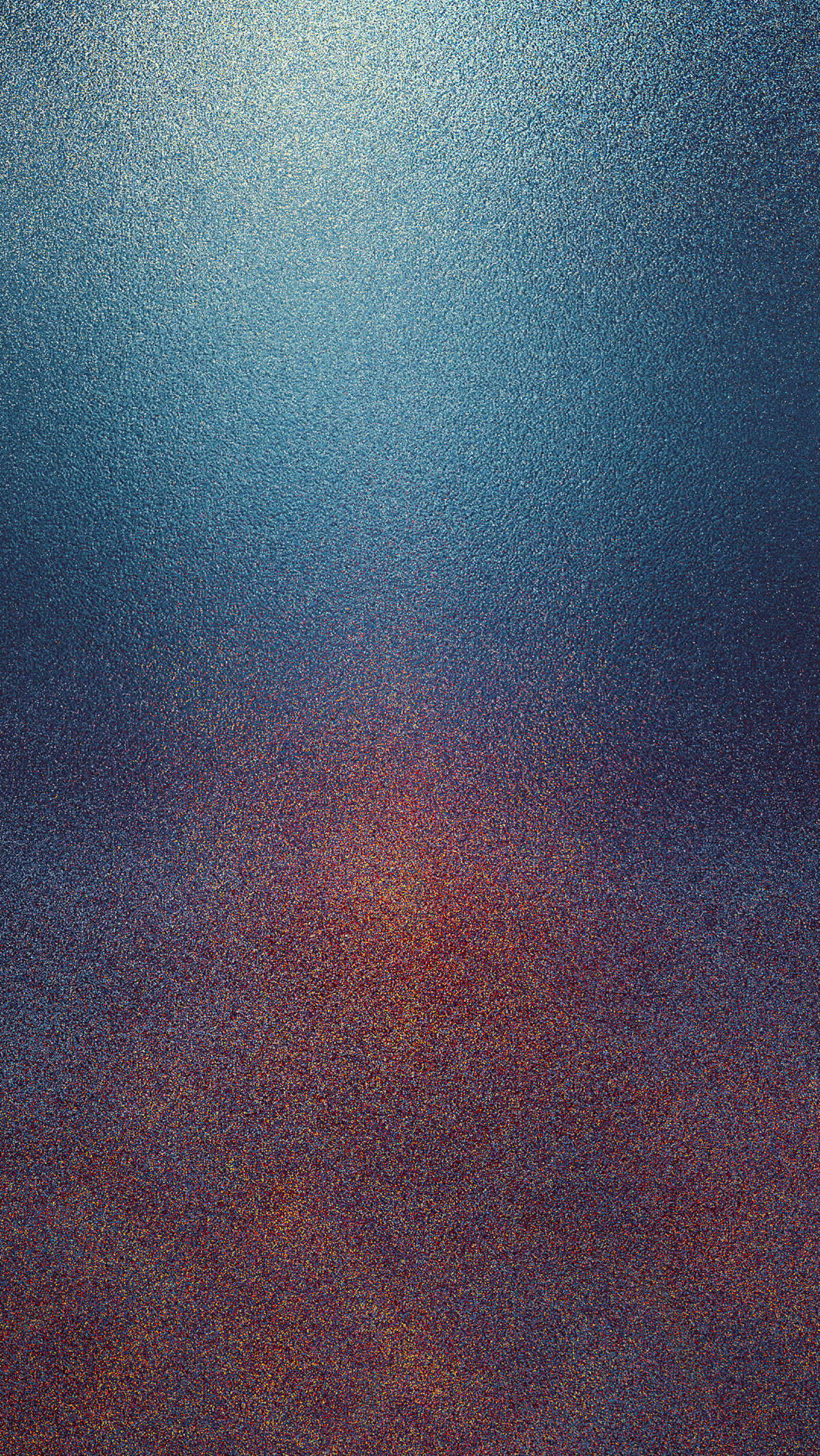
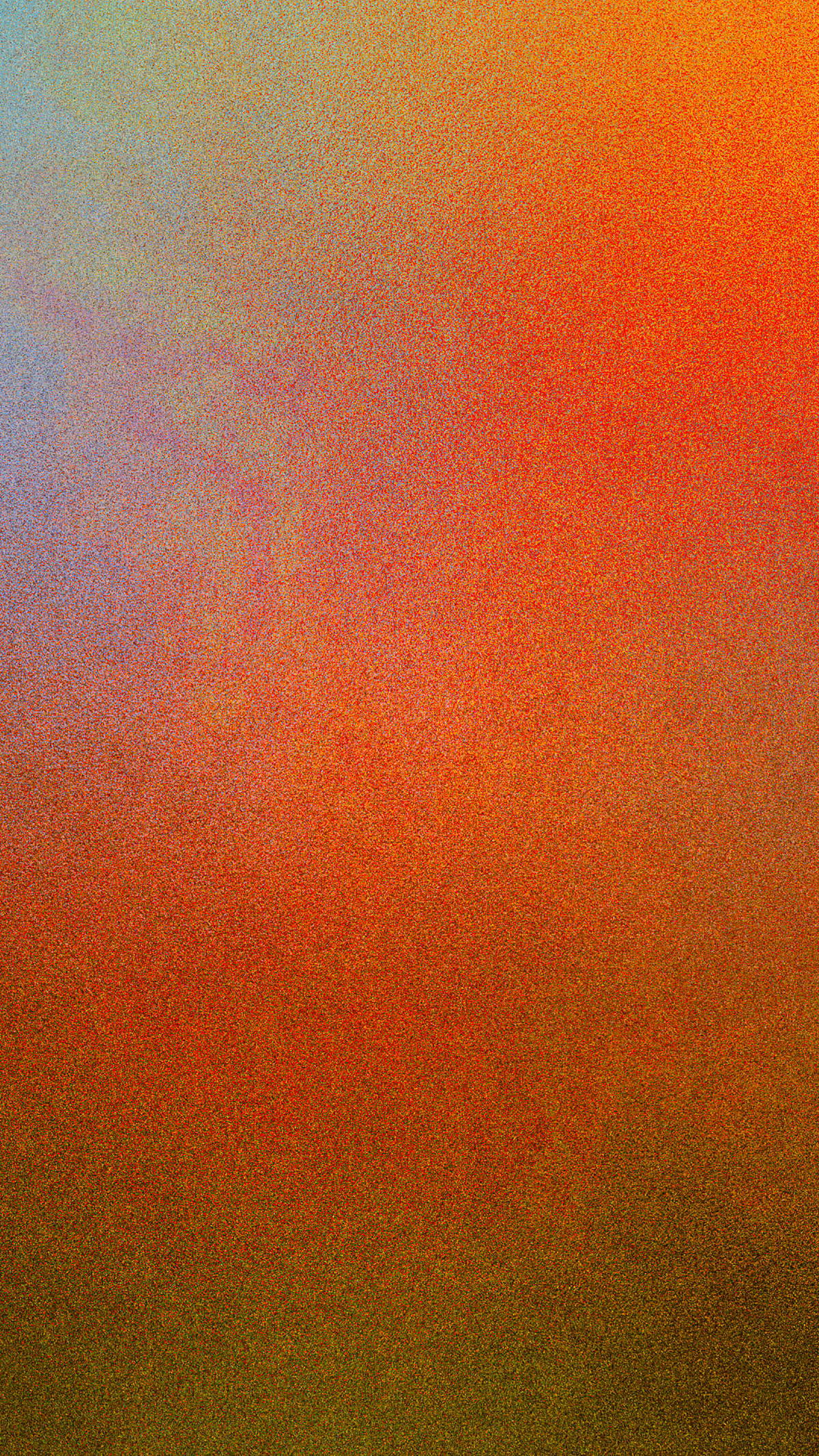
Throughout his career, Davide Maria Coltro has investigated the expressive potential of digital and developed his own visual language through the so-called Medial Paintings. These works are not simply images, but real streams of digital painting, constantly evolving, which are enriched in real time with ever new combinations. Added to this process is electronic painting, which explores the landscape as a theater of extreme natural events, created by the confrontation of digital elements and the pictorial tradition.
The first section of the exhibition presents some historical works, including three Medial Paintings from 2003, belonging to the private collection of patron and gallery owner Pietro Gagliardi. These “living” canvases represent one of Coltro’s earliest approaches to landscape as a medial flow, in which the landscapes themselves become dynamic entities that intermingle with each other, giving rise to ever-changing compositions. Each work exhibited is a unique trace, a snapshot that collects the signs of an unrepeatable moment in the creative process.
“The artist,” Elena Pontiggia explains, “presents us with screens in which the spectacle of light and color slowly unfolds, moment by moment, and communicates a fundamental wish in a world composed of things, so many things, more and more things, we need to get away from the dictatorship of matter, from the totalitarianism of the object, in order to come to look, in that little piece of computer sky that the author offers us, at ourselves and, perhaps, at infinity.”
“The research on landscape, which I began in the early 2000s,” Coltro says, “landed almost immediately on the Medial Frame. Exploring the expressive possibilities of this new media, I tried to achieve an essentiality based on color, light and time, far from any minimalism but without giving up the lyrical vibration that accompanies the act of seeing. On the occasion of this project at the Museo del Paesaggio in Verbania, I created new media streams inspired by nature when it seems to rebel with extreme, uncontrollable gestures, releasing dormant powers that disrupt human patterns. Our relationship with natural balances is pervaded by a sense of omnipotence that is actually a clear sign of the inadequate ethical framework to deal with present and future. I believe that art, even in its technological declination, seemingly so distant from the natural attitude, can go beyond the pure act of denunciation and awaken the perception of the spiritual sublime that also empowers us to reflect with the heart and not only rationally on our responsibility in the transcendent order of Creation.”
“For me, a monitor is a living canvas,” the artist adds, “on which I can write, which can emit light and also have time as a pictorial element. The Medial Framework stands in constant dialogue with art history, especially painting and photography. Making technological art might seem obvious, but it is actually an act of courage, because you are tackling unknown problems.”
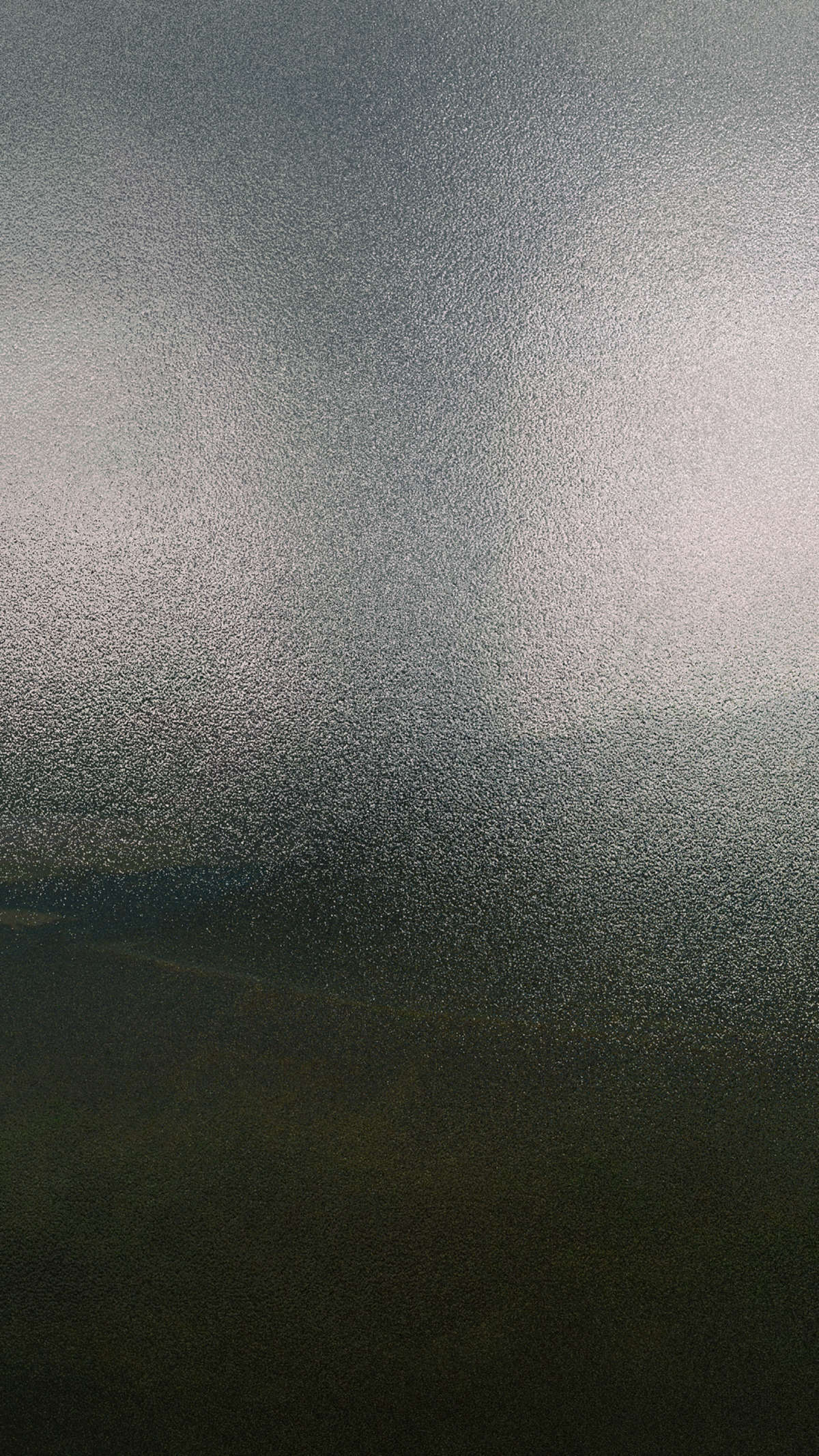
The second section features a series of never-before-seen works, made especially for this exhibition, in which the artist has created artificial landscapes with the help of artificial intelligence. These landscapes are not only visual representations, but real theaters of extreme natural events: volcanoes, storms, forests disrupted by catastrophic phenomena that, even in their apparent violence, open a reflection on our relationship with nature and its representation through technology. Here, digital and artificial intelligence become tools that amplify the evocative power of traditional painting, creating a new kind of landscape that exists only in data flow and virtuality.
A bridge between these two sections is the historical works from the Storyteller series (2007), in which Coltro explores landscape as a contemplative and conceptual exercise. These works highlight the evolution of the artist’s thinking toward a landscape that is not only physical, but also mental and imaginary, a landscape that invites the viewer to reflect on the role of nature in art and in our perception of reality.
“Coltro is the father of the System,” Elena Pontiggia continues, “a digital system that endlessly modifies the work in a continuous visual flow. This changes the nature of the ’canvas,’ which becomes mobile and unpredictable, but it also changes the relationship between the work and the author, who can intervene on that living canvas and reinvent it even after it lands in a museum or in a collector’s home.”
“The artist tiptoes into the collections of the Museo del Paesaggio,” says Federica Rabai, artistic director and curator of the Museo del Paesaggio, “inserting into the rooms some historical strands of landscape in close dialogue with the museum’s permanent works, in a path that traverses his early studies, his experiments and his entire career until he reaches his final explosion: An ode to modernity and the healthy and intelligent use of AI to make art and communicate profound messages to the public.”
“The Museo del Paesaggio proposes a new major exhibition with an internationally renowned artist,” adds President Carlo Ghisolfi, “addressing, by the way, such a topical issue as artificial intelligence. The museum continues in its exploration of always different artistic languages to propose to the local public and to the many tourists who will visit our venues in the coming months. In parallel, there are several of our works on loan to other cultural entities, displayed in temporary exhibitions set up at important Italian and European museums.”
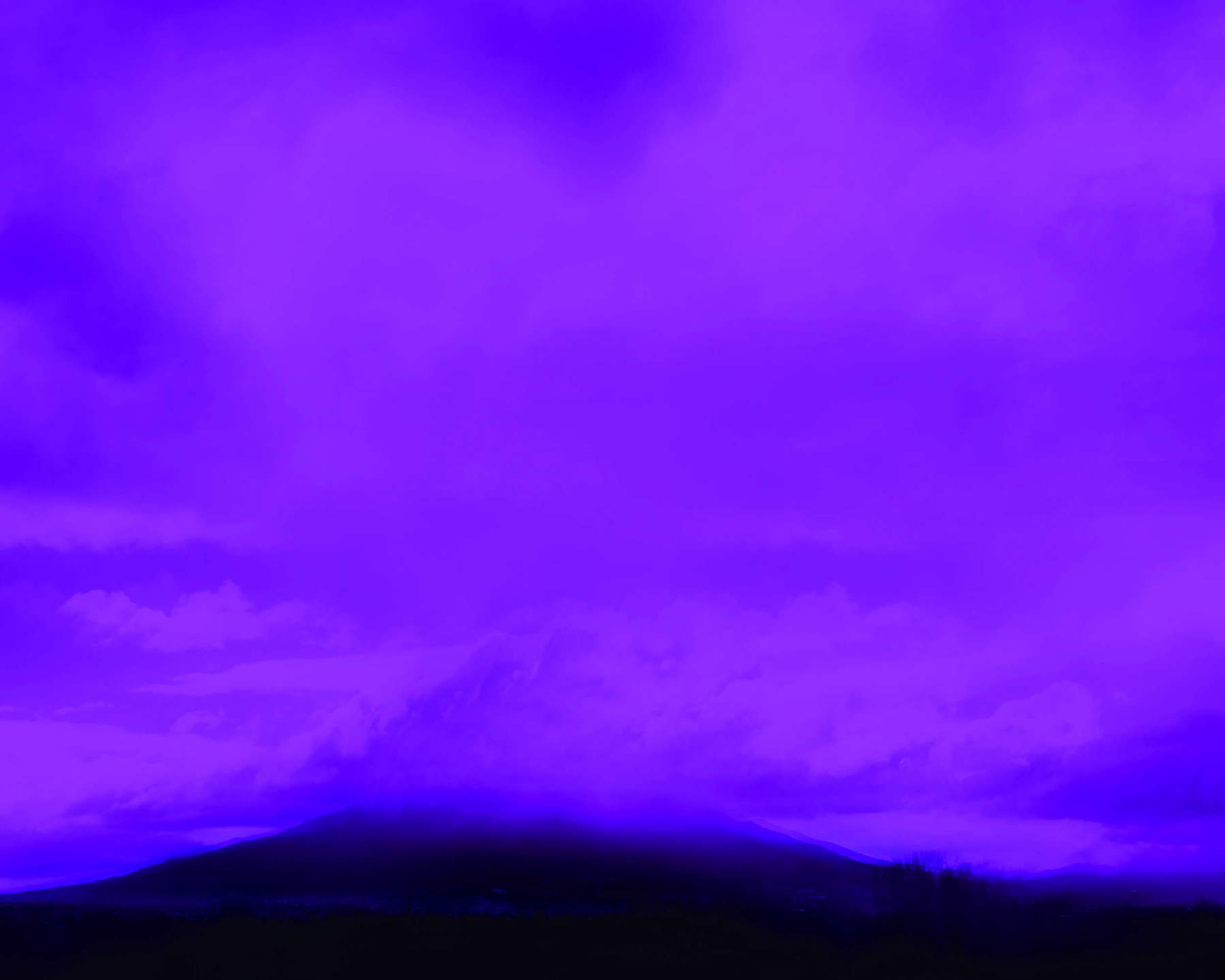
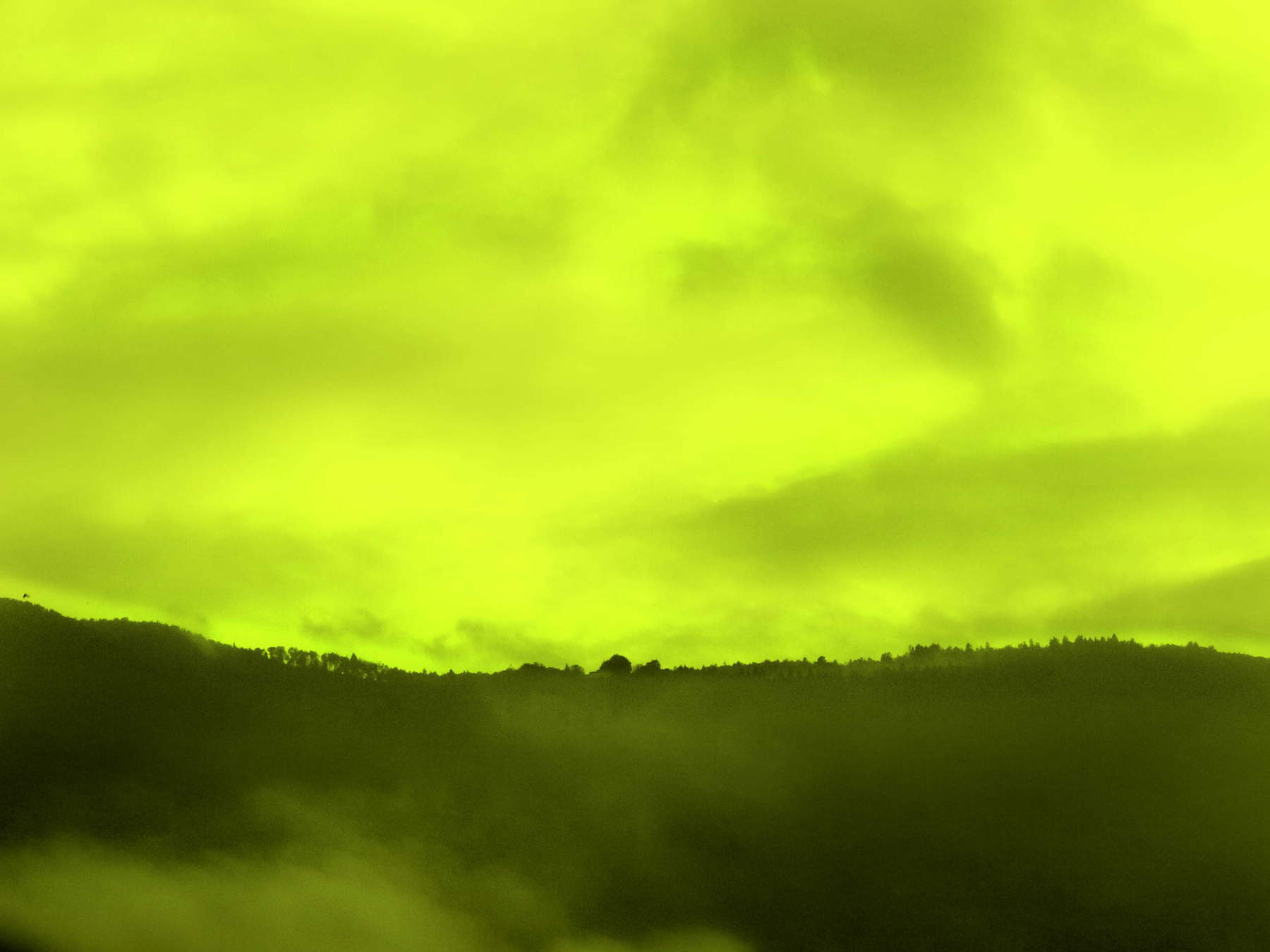
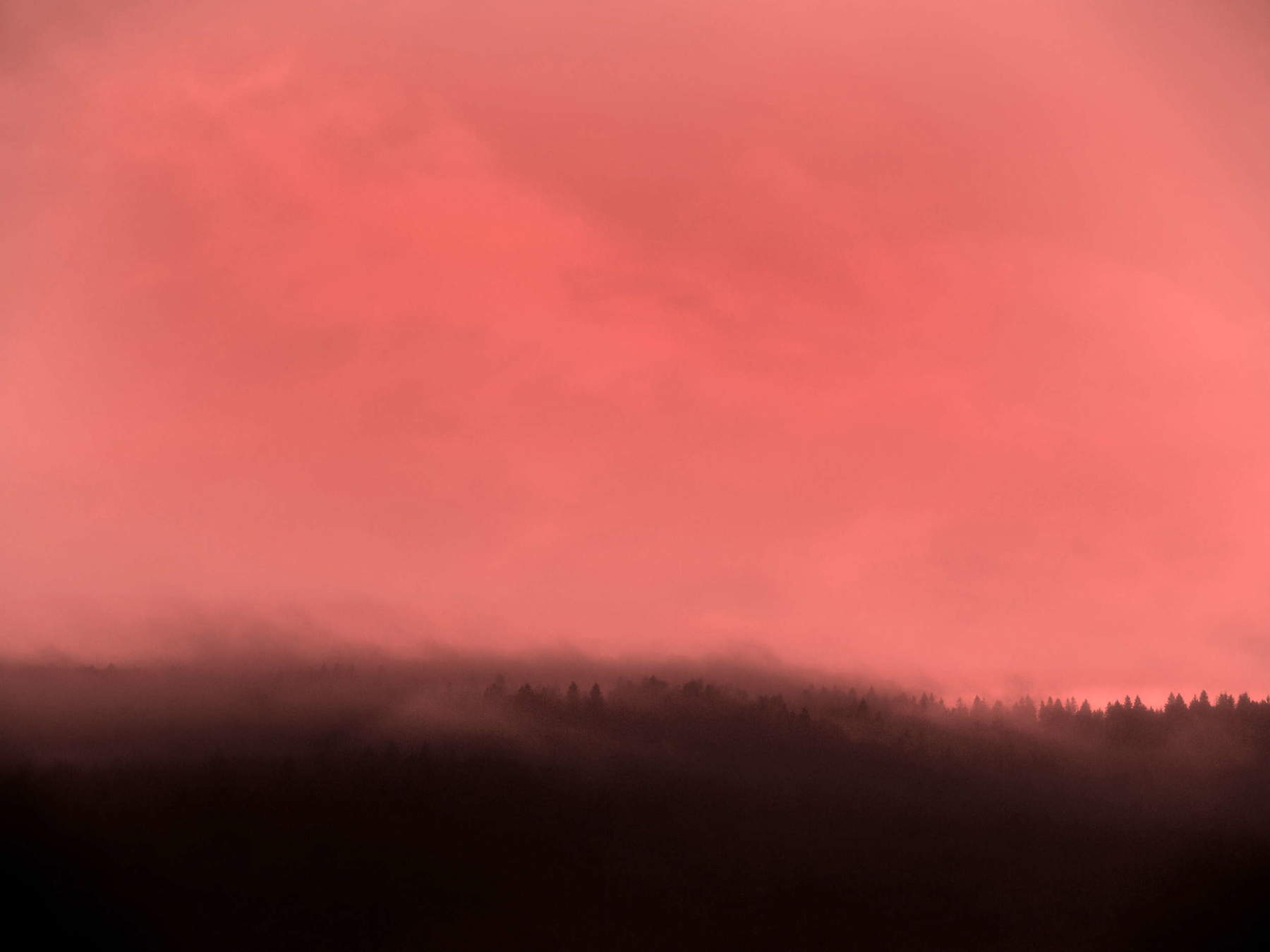
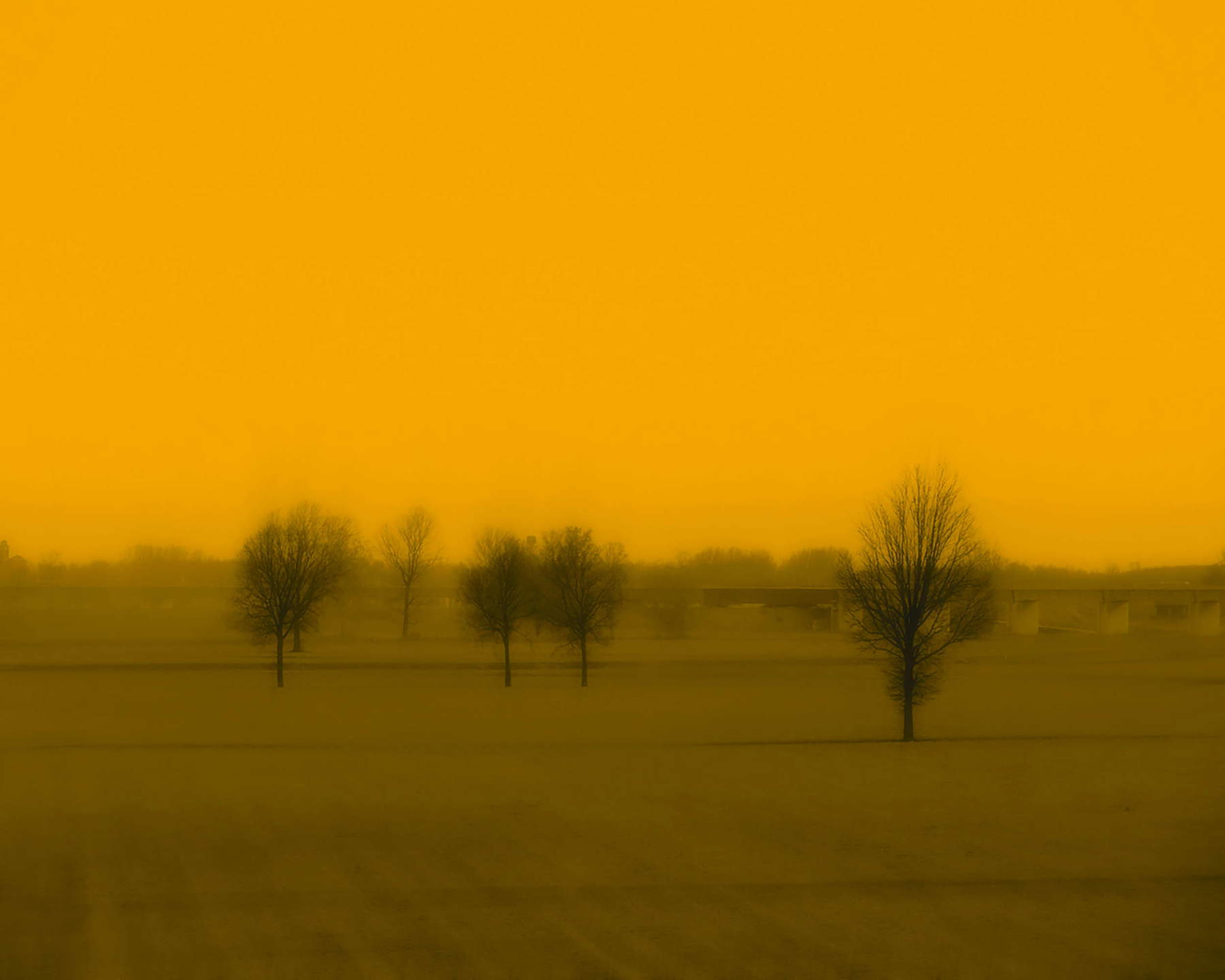
The exhibition opens through March 9 Thursday through Sunday from 10 a.m. to 6 p.m., March 10 daily (except Tuesdays), 10 a.m. to 6 p.m. Meetings, talks and remote performances by Coltro are planned for both adult audiences and schools. In addition, the Museum will organize guided tours set for Saturdays, Dec. 21, Jan. 18, Feb. 22, March 15, and April 19, 2025. Participation in the tours is by reservation, by contacting prenotazioni@museodelpaesaggio.it.
The exhibition is sponsored by the Museo del Paesaggio under the patronage of the Ministry of Culture, the City of Verbania and the VCO Community Foundation.
Davide Maria Coltro, born in Verona in 1967, is one of the pioneers of experimentation in the field of digital painting. His work has always had an analytical and processual approach, which has resulted in an innovative language in which the screen becomes the new “painting.” Coltro defines his works as "painting beyond matter," a painting that lives on the technological canvas, a support that returns the image to the experience of time and space.
Throughout his career, he has exhibited in major national and international institutions, including MART in Rovereto, GAM in Verona, ZKM in Karlsruhe, and the SPSI Art Museum in Shanghai. In 2011 he participated in the 54th Venice Biennale, while in 2023 the VAF Stiftung Foundation dedicated a comprehensive monograph on the artist’s work to him. Coltro lives and works between Milan and Lake Maggiore, where he continues his research on digital painting and the evolution of media in art.
 |
| The shining gaze: in Verbania the media landscapes of Davide Maria Coltro |
Warning: the translation into English of the original Italian article was created using automatic tools. We undertake to review all articles, but we do not guarantee the total absence of inaccuracies in the translation due to the program. You can find the original by clicking on the ITA button. If you find any mistake,please contact us.